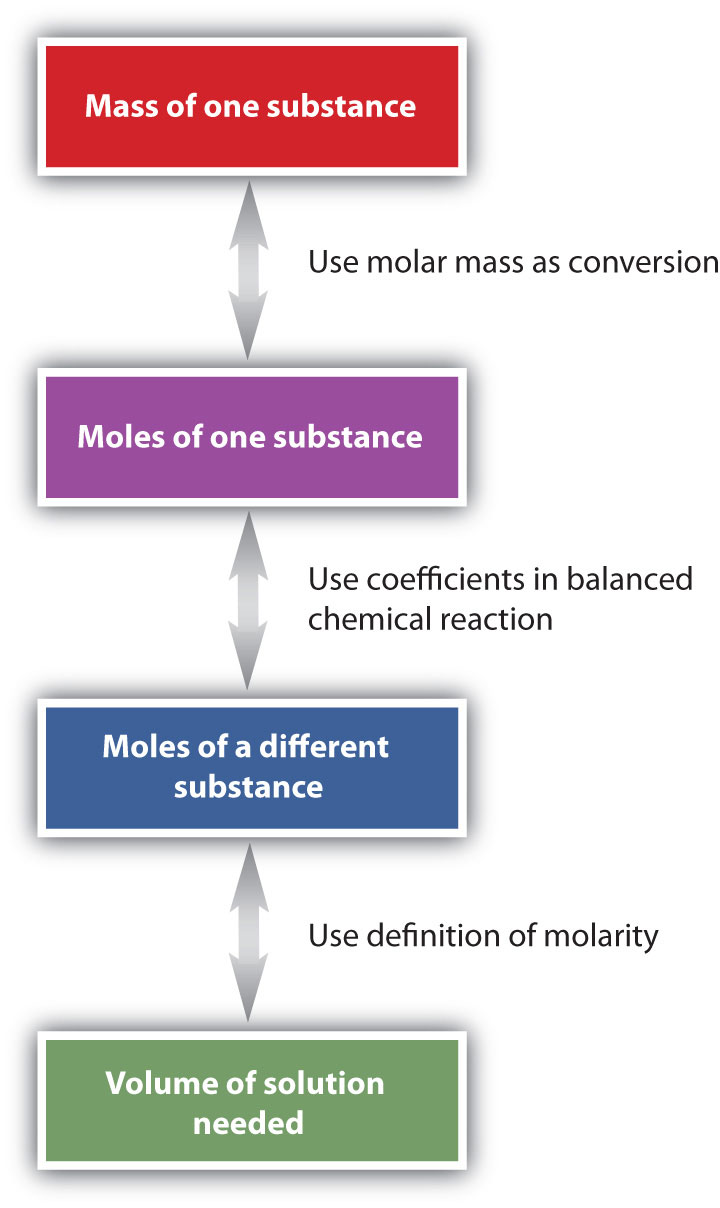
https://strehl-chemistry.wikispaces.com/file/view/Strehl_Square.png/111087617/Strehl_Square.png
An example question one might see includes:
What is the pH of a solution that is 12.5 M HCL?
pH= -log{H+}
= -log{12.5}
= -1.097



To solve this problem you would set up the equation like this: .400= 425g./(425g + Xg) this then becomes 170+ .400X=425 this means that X would equal 638g H2O
